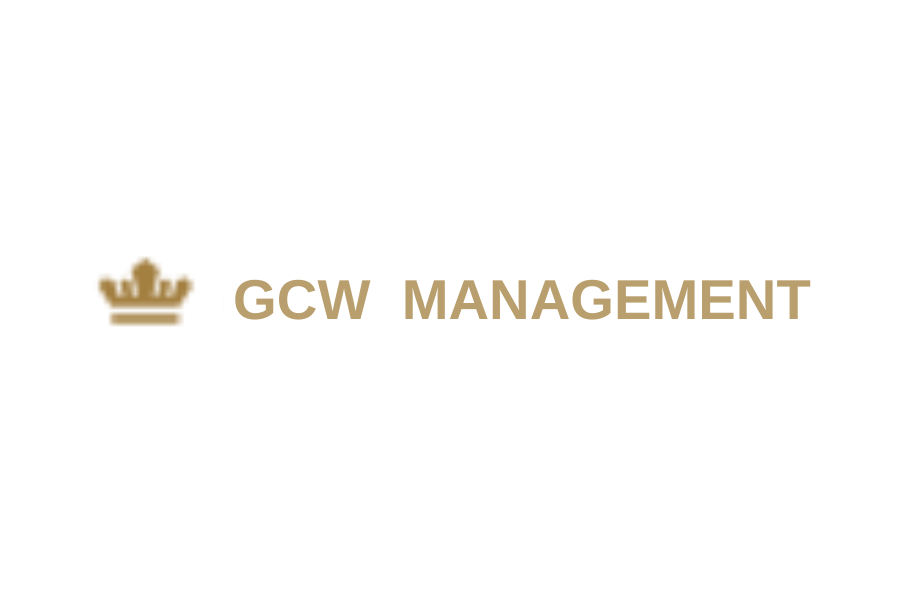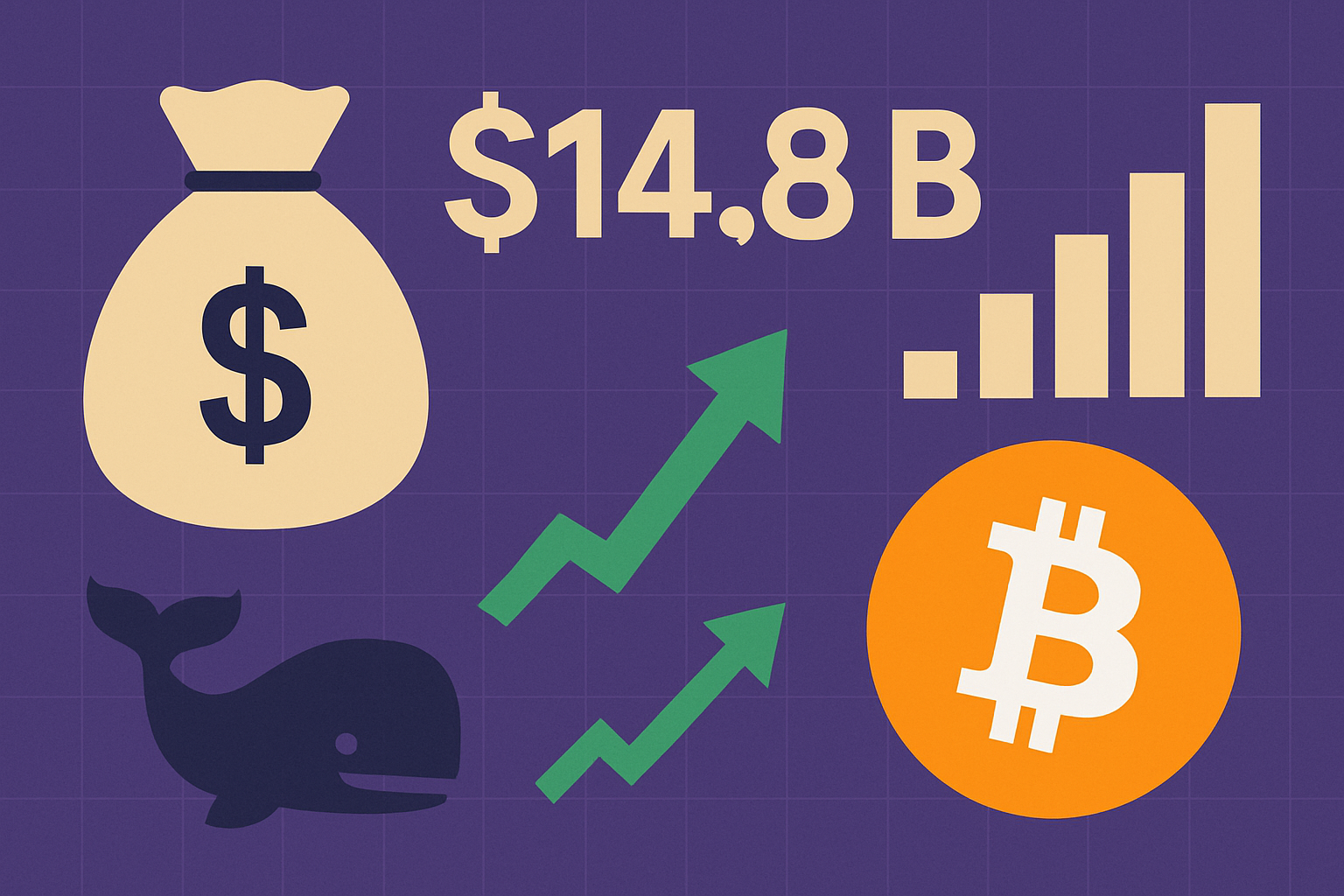Introduction
Blockchain technology, often hailed as one of the most revolutionary advancements in recent years, has transformed various sectors by providing a secure, transparent, and decentralized way of recording transactions. This article delves into the core aspects of blockchain, elucidating its working mechanism and its myriad applications across different industries.
What Is Blockchain?
At its essence, a blockchain is a decentralized digital ledger that records transactions across multiple computers so that the record cannot be altered retroactively without the alteration of all subsequent blocks and the consensus of the network. This immutability and transparency are what make blockchain a trustworthy system.
How Does Blockchain Work?
The functionality of blockchain can be broken down into several key components:
Blocks: Each block contains a list of transactions. When a block reaches its capacity, a new block is formed.
Chain: These blocks are linked together, forming a chain. Hence the name ‘blockchain’.
Nodes: These are individual computers that participate in the blockchain network. Each node has a copy of the entire blockchain.
Consensus Mechanism: For a transaction to be added to the blockchain, it must be validated by the network through a consensus mechanism, such as Proof of Work (PoW) or Proof of Stake (PoS).
When a new transaction is made, it is broadcasted to all nodes in the network. These nodes validate the transaction, ensuring that the sender has sufficient balance and that the transaction follows the rules of the network. Once validated, the transaction is added to a block. After the block is filled, it is sealed and linked to the previous block, creating a chain of blocks.
Key Features Of Blockchain
Decentralization: Unlike traditional databases controlled by a single entity, blockchain is maintained by a network of nodes, ensuring no central point of failure.
Transparency: All transactions are visible to all participants, promoting transparency and trust.
Security: The cryptographic nature of blockchain ensures that once data is recorded, it cannot be tampered with without altering subsequent blocks.
Immutability: This feature guarantees that data, once written, cannot be changed, providing a reliable audit trail.
Applications Of Blockchain
Blockchain technology has found applications in numerous fields beyond its initial use case in cryptocurrencies like Bitcoin. Here are some of the most notable ones:
Financial Services: Blockchain simplifies and secures processes such as cross-border payments, clearing, and settlement, reducing costs and increasing efficiency.
Supply Chain Management: Blockchain provides a transparent and immutable record of the journey of goods from the manufacturer to the consumer, enhancing traceability and reducing fraud.
Healthcare: Blockchain ensures the secure and confidential sharing of patient records between healthcare providers, improving the accuracy and privacy of patient information.
Real Estate: Blockchain can streamline property transactions by providing a clear and immutable record of ownership, reducing the need for intermediaries and speeding up the process.
Voting Systems: Blockchain can provide a secure and transparent way to conduct elections, ensuring that votes are accurately counted and reducing the risk of fraud.
Intellectual Property: Artists and creators can use blockchain to prove ownership of their work, manage rights, and receive fair compensation through smart contracts.
The Future Of Blockchain
As blockchain technology evolves, its potential applications are expanding. Here are some future trends and developments in the blockchain space:
Interoperability: Efforts are being made to enable different blockchain networks to communicate with each other, allowing for greater integration and use across platforms.
Scalability: Innovations such as sharding and layer-two solutions are being developed to increase the transaction capacity of blockchain networks, addressing current limitations.
Decentralized Finance (DeFi): DeFi platforms use blockchain to offer financial services without intermediaries, providing greater access and control to users.
Central Bank Digital Currencies (CBDCs): Several countries are exploring the creation of digital versions of their national currencies using blockchain technology, which could revolutionize the financial system.
Challenges Facing Blockchain
Despite its potential, blockchain technology faces several challenges:
Regulatory Uncertainty: The regulatory environment for blockchain and cryptocurrencies is still evolving, with different countries adopting varying approaches.
Energy Consumption: Proof of Work-based blockchains, such as Bitcoin, require significant energy for mining, raising concerns about environmental impact.
Adoption and Integration: Integrating blockchain into existing systems and achieving widespread adoption remains a hurdle, as it requires substantial changes in infrastructure and mindset.
Conclusion
Blockchain technology, with its promise of decentralization, transparency, and security, is poised to revolutionize various industries. While challenges remain, the continuous development and adoption of blockchain solutions indicate a promising future where transactions are more secure, efficient, and trustworthy. As we move forward, staying informed about blockchain’s advancements and potential applications will be crucial for businesses and individuals alike.














